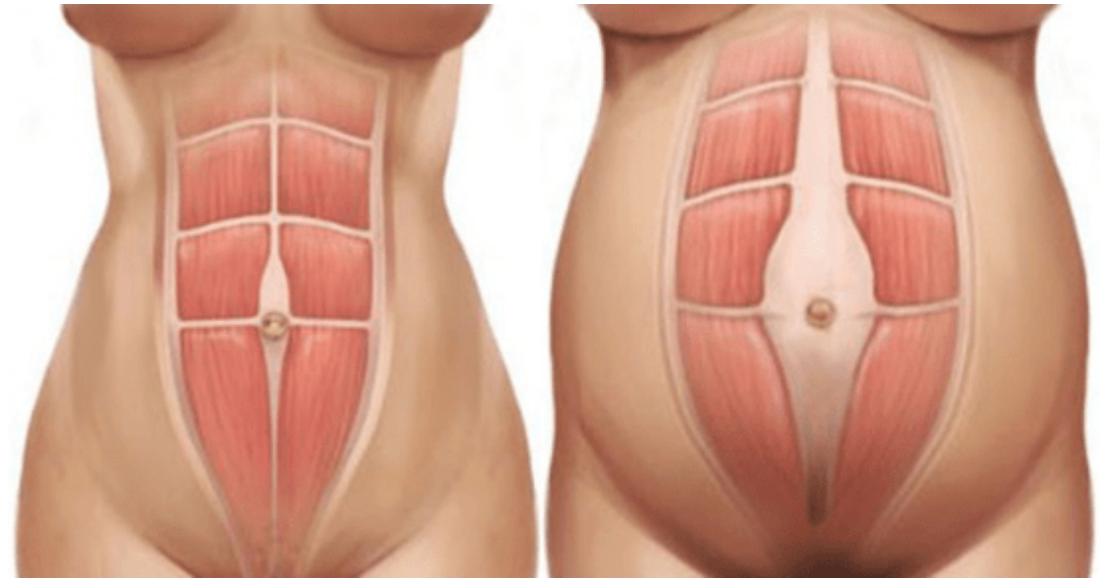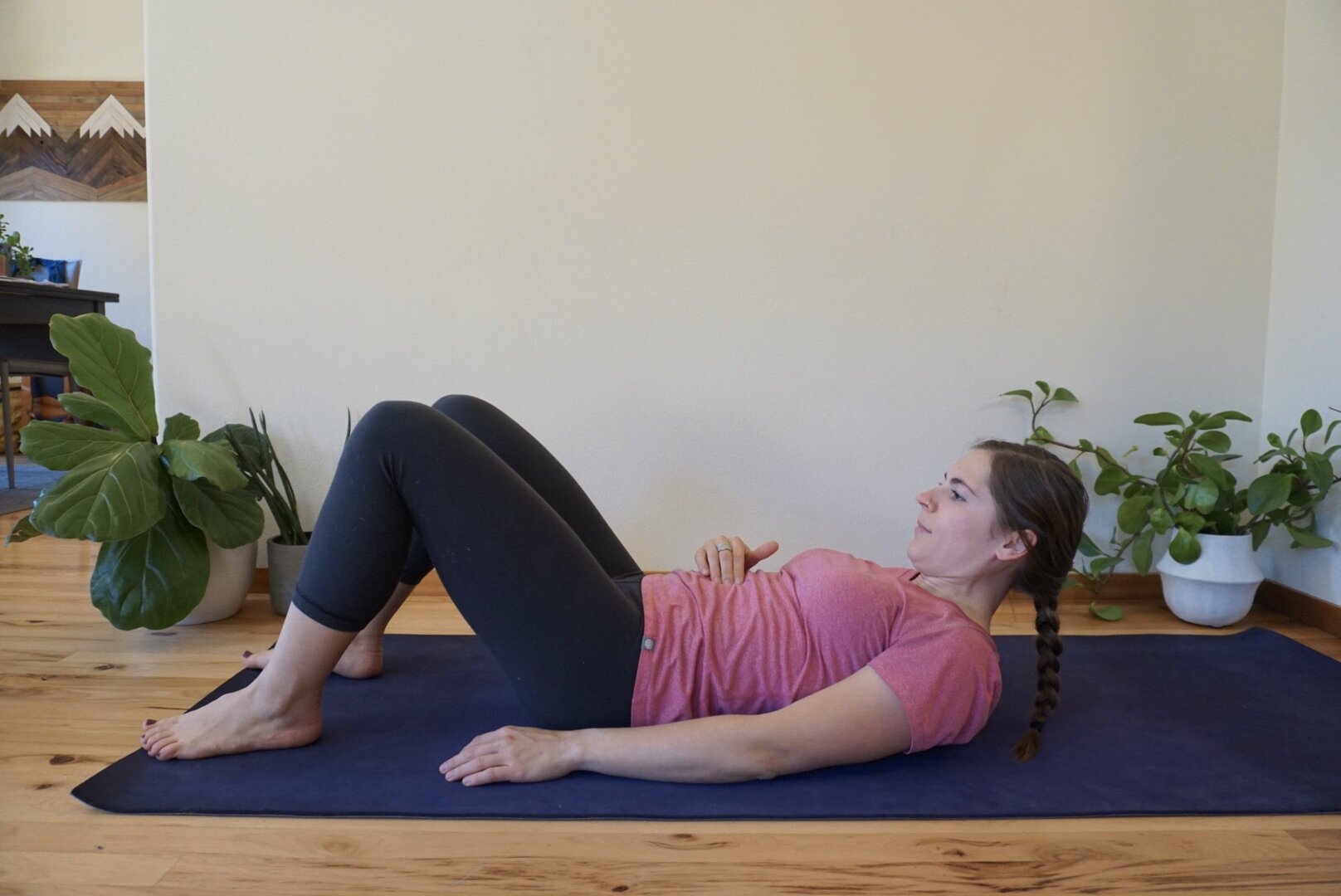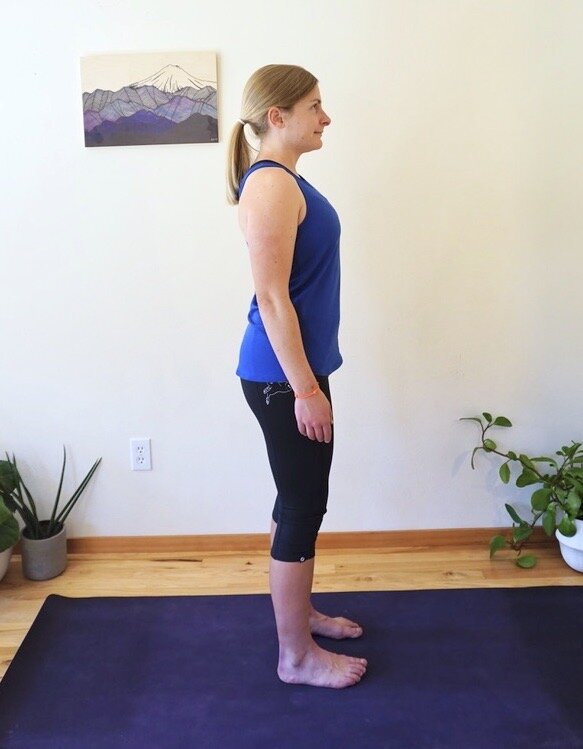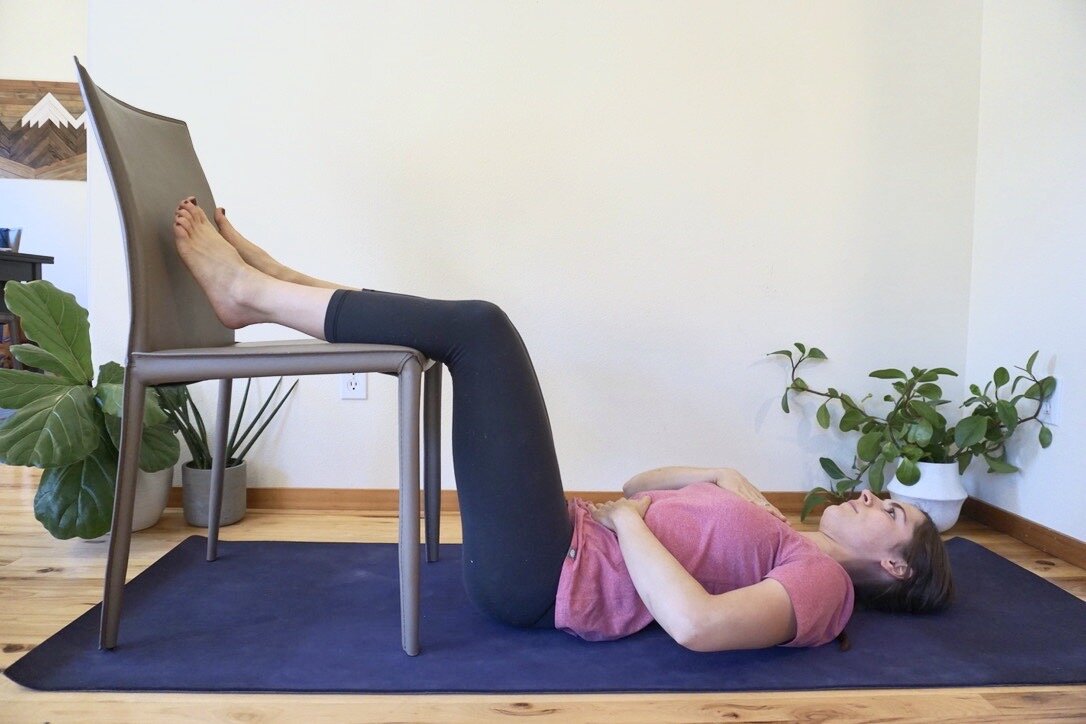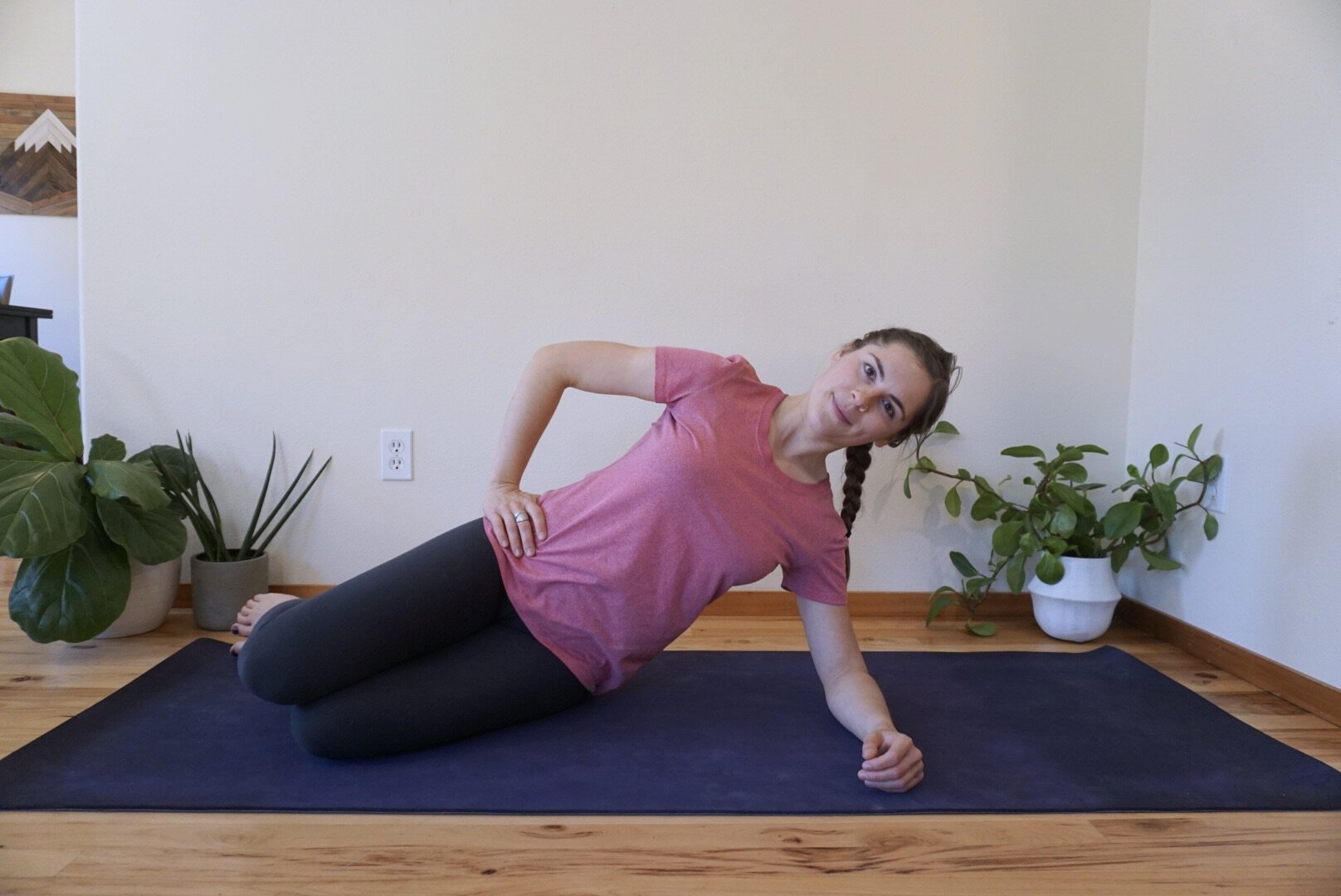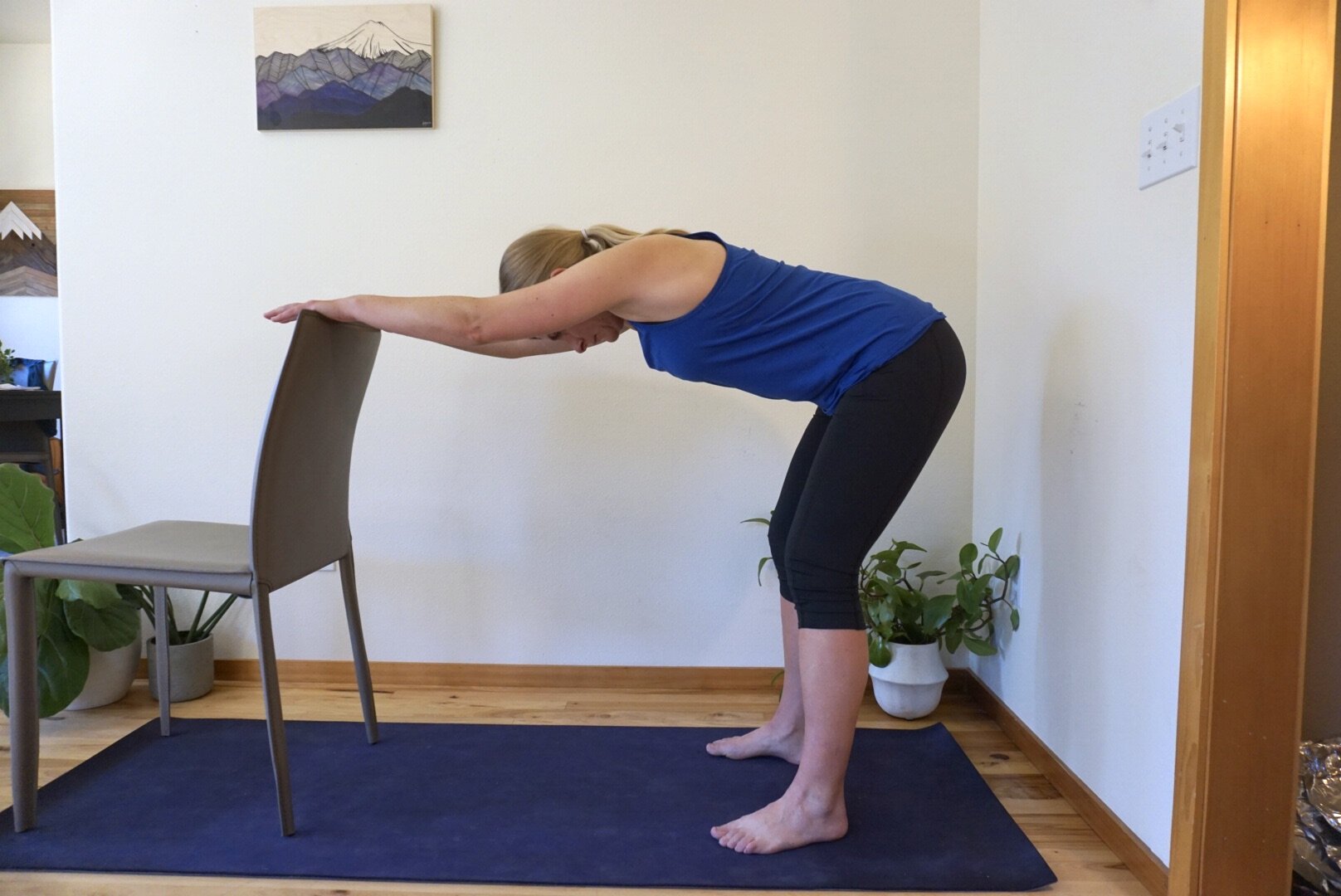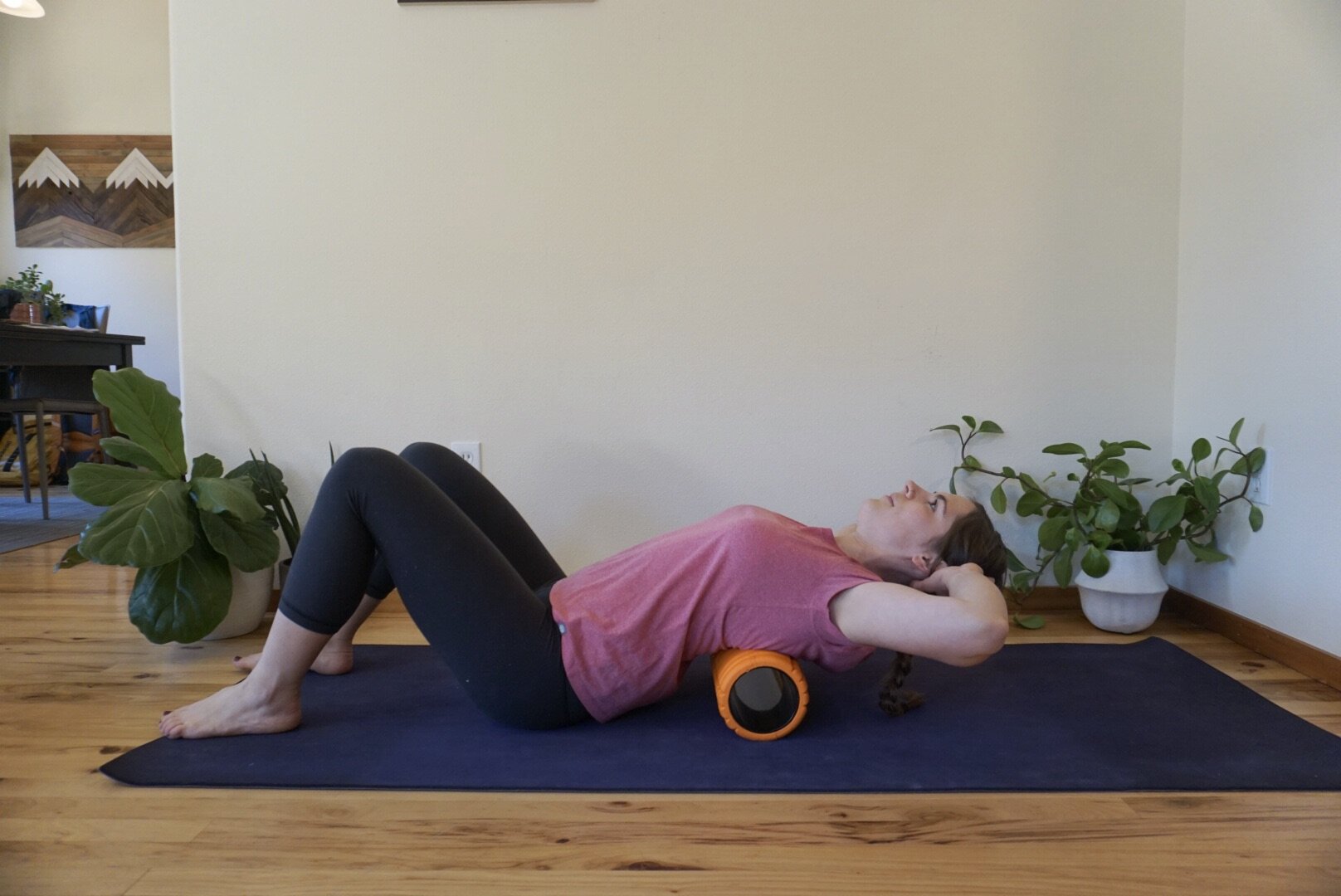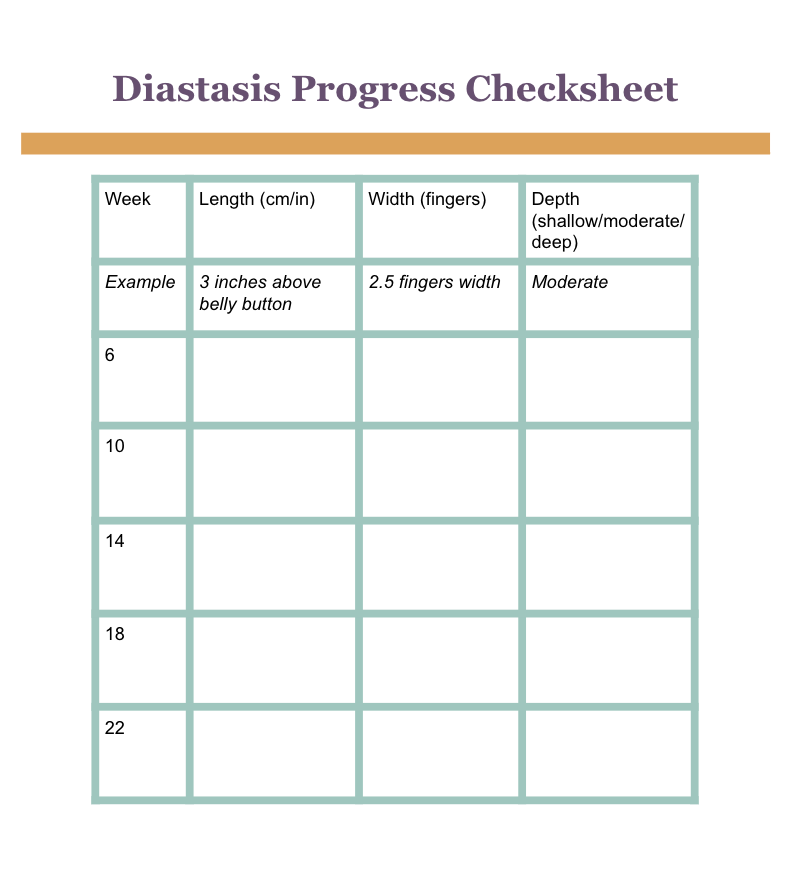Diastasis Recti: Important Information You Need To Know
Diastasis Recti Abdominis (DRA) is a separation of the connective tissue between your rectus abdominis (your six pack ab muscles). Although there is typically no pain with a DRA, it is a sign of core dysfunction and this can lead to pain in other regions of your body such as your lower back, hips, shoulders or neck.
There are many contributing factors that can lead to a DRA and most of the time it is a combination of many factors. Most people believe that it is due to the growing abdomen, pressure from baby and
the hormonal changes that relax the tissues and ligaments. And of course those are contributing factors, but why then do some moms not get it, or why do some fit men develop it? This is because your posture, alignment and movement patterns have an equal contributing factor to developing a diastasis.
How to Check for a Diastasis Recti
First, are you 6+ weeks postnatal? If not I highly encourage you to wait until you are at least 6 weeks before you check for a diastasis. During the first 6 weeks after birth, your body goes through a tremendous amount of change and healing. Most moms have some degree of a diastasis right after birth. Checking too soon may worry moms and cause increased stress, when their bodies are in fact still healing.
To start:
Lie on the ground with your knees bent and lift your head and shoulders off the floor
Palpate mid line from your rib cage down to your pubic bone
If you feel a gap
Check the width by how many fingers can fill it (1 finger, 2 finger, 3 finger, etc.)
Check the length (in inches or centimeters)
Check the integrity of the gap, does a finger barely sink through (shallow) does it go half way through (moderate) or does it sink straight through with no resistance (deep)
If you have a diastasis, don’t freak out! Remember it is very very common and next we will go over all they ways you can heal your diastasis.
How to Heal Your Diastasis Recti
Here are the top ways you can heal your Diastasis.
Posture
Core Exercises: Dead bug, bird dog, running side plank
Stretches
TIME and consistency
Things to Avoid
Prevention/during pregnancy
Posture
Exercises and stretches are great, but they only take up a small portion of your day. What you do for the rest of your day has more of an impact on you and your body. Sitting, standing, bending and squatting are great postures to help you to improve your body alignment and restore muscle imbalances that might be increasing the tension on your linea alba (that connective tissue in between your six pack ab muscles).
Sitting: maintain a slight arch in your lower back, knees should be slightly wider than your hips, shoulders should be down away from your ears and you should think about lengthening through the crown of your head. (Avoid crossing your thighs, rounding your lower back in a “C” position or sitting for long periods of time).
Standing: Hips should be directly over your heels, knees should be soft (not locked), shoulders should be down away from your ears and you should think about lengthening through the crown of your head. (Avoid crossing your ankles, hiking one hip out to the side, locking your knees)
Bending/Squatting: Hinge from your hips while keeping a long straight spine
Keep your ribs down: During all of these positions, keep your front lower ribs down (avoid rib thrusting).
For more details and information about your posture and movements, check out this blog post or this online course to help you to improve your posture.
Core Exercises
Depending on where you are on your postnatal journey there are many versions of these exercises to fit your current needs. For the purpose of this blog, I will be going over the most common expression of these exercises.
Breath work
Running Side Plank
Bird Dog
Dead bug
It is recommended to do these core exercises 4-5 days per week. If you find that any of these exercises make your diastasis worse, you may need to find a modification for that exercise or wait 4 weeks and then re-check that particular exercise.
Breath Work
This is just as important as any of the core exercise and needs to be thoroughly addressed. The better connected you are to your core, the better it will function and the sooner it will heal so you can get back to running (or your other favorite activities). Breathing is the foundation to every exercise and movement that we do, so spending a little time to reconnect with your breath and your core with have enormous benefits to your core.
Start by lying down on your back
Place one hand on your tummy and one hand on your chest
Feel your breath and notice what hand is predominantly moving
Try to have just the hand on your belly move for 5-10 breaths
Place both hands on your sides and breathe into both hands evenly for 5-10 breaths
Place both hands on your lower back (where your kidneys are) and breathe into your hands for 5-10 breaths
This is usually the hardest one and might require a few days to get your breath into this area
Continue breathing into the front, sides and lower back (creating breath in a 360 degree radius) while also focusing on bringing your breath all the way down into your pelvic floor. Practice breathing for about 5-10 minutes every day.
Another great breathing exercise is to take a thera band (belt or yoga pants) wrap it around your lower rib cage and continue 360 breathing while also expanding your lower rib cage. This is different that breathing through your chest and will allow you to really expand from your diaphragm and create better mobility of your mid back.
Running Side Plank
This is a slightly more complex side plank, it is reinforcing hip hinging and pelvis stability. If you find it too confusing, a side plank is a great alternative.
Lie on your left side, propped up on your left forearm
Ankles, hips, shoulders and ears should be in a straight line
Nose, sternum, belly button should also be in a straight line (lift up at your bra line)
Slight abdominal brace (like something is about to hit you in the stomach or a gentle cough)
Extend hips in an upward diagonal motion (keeping a straight light from your knees, hips, shoulders and ears)
Hold and option to lift top arm and top leg forward
Lower arm and leg to side and then slowly lower hips in a downward diagonal motion back to the starting position
Repeat 5-10 on each side
Bird Dog
This is a really fun exercise because it is very versatile and it is a great building block for bear and crawling. But we will save those exercises for another day…
Start on your hands and knees in a table top position
Balance a pillow or a foam roller on your low back (this helps to prevent your low back from over rotating)
Roll your elbows inward, so your elbow pits are pointed forward
Perform a slight abdominal brace (like something is about to hit you in the stomach or a gentle cough)
Slowly reach one arm over your head, lower, then repeat with the other arm
Slowly straighten one leg back, lower, then repeat with the other leg
Repeat 2-4 reps (arm/arm/leg/leg being 1 rep)
Dead Bug
This exercise can be the most provoking for your diastasis. When getting into this position, lift one leg at a time, anchor your lower ribs and then assess the midline of your abdomen for any doming/coning, or an increase in your diastasis gap. If you feel any of those, regress the exercise to resting your feet on a chair, or hold off on this exercises for four weeks and then re-asses.
Lie on the ground and lift one leg at a time
Anchor your lower ribs down and f
ocus on your 360 breathing
Perform a slight abdominal brace (like something is about to hit you in the stomach or a gentle cough), maintain this brace while you continue 360 breathing
Check your diastasis for increased gapping or coning/doming
Slowly reach one arm over your head, while maintaining the abdominal brace, and then the other arm
Slowly lower one leg, bring it back up and then the other leg.
Repeat 3-5 reps (arm/arm/leg/leg being 1 rep)
Stretches
One thing that needs to be better addressed when rehabbing a diastasis is that having tension above or below your core also affects the linea alba. Making sure that you have proper mobility in your hips, shoulders and spine is so important for decreasing the tension on your linea alba. Here are some of my favorite stretches and mobility exercises.
Overhead shoulder stretch (with an added hamstring stretch)
Deep Squat
90/90 Hip Stretch
Adductor Stretch
Foam roll Thoracic Spine
Abdominal Release
Overhead shoulder stretch (with an added hamstring stretch)
Place feet slightly wider than hip width apart and keep your knees soft (or slightly bent)
Bend forward and place your hands on a counter or chair
Maintain a slight arch in your lower back and think about lifting your sit bones up toward the sky
Hold for 1-3 minutes
Hip Wave
Sit on the ground with your knees and feet hip width apart
Place heels on the ground and bend your knees
Wind shield your knees to one side and then the other
Repeat 5-10 times on each side
Adductor Stretch
There are two different ways to stretch your inner thighs
Lie on your back with your feet together and your knees out wide (aka butterfly stretch)
Or for a more intense stretch, start with your legs up on a wall and slowly slide your legs apart (making a “V” with your legs), when done slowly bring your legs together and roll to one side
Hold for 1-3 minutes
Foam Roll Thoracic Spine
Lie down on the foam roller, positioning it across your back, just below where your bra line is
Place your hands behind your head and arch your back over the foam roller
Hold for a couple seconds, breathe, then lift your butt up, slide down 1 inch, so the foam roller moves up your back to the vertebrae above
Repeat until you get to the base of your neck.
Abdomen Release
There are several techniques you may use to release abdominal tension. The first is stop sucking in your stomach or constantly engaging your core!!! This is a huge one and most people are doing one or the other without even realizing it. The second tip, before bed every night rub a little castor oil on your belly, this will help with inflammation and digestion.
Time and Consistency
Healing your core and connective tissue takes time, this is not a one core routine and fixed kind of deal. It took years for your body to adapt to these patterns, it will take some time before you can unwind those patterns and heal the connective tissue. I recommend waiting 4 weeks in between evaluating your diastasis. Scroll down to find a table you can use to keep track of your progress.
Things to Avoid
Avoid doing any exercises and movements that increase doming/coning or the diastasis gap. Typically movements that increase a diastasis gap are variations of crushes/sit ups and picking up things with your lower back (not using your glutes and hips).
Prevention/during pregnancy
Developing some separation during pregnancy is normal and the goal should not be to completely avoid developing a diastasis. The goal should be to improve your core connection, strength, stability and mobility. All of the key topics above to heal a daistasis are exactly what you can do to set up your core before/during pregnancy, you just might need to do some modifications. Whether you are several years away from having kids or are 8 weeks pregnant, you can start incorporating these tips and exercises to improve your core strength, stability and mobility, so that your core can function optimally!
How to monitor your diastasis progress
Monitoring your diastasis healing journey is so important. It will keep you more motivated and it will show you how far you have come when you need a little extra encouragement. I recommend re-testing every 4 weeks and no sooner. Because this is connective tissue, healing takes time and there is no reason to check every week and be so concerned with the finger width, length or depth of your diastasis. This is a full body healing journey and these stats are just one part of the healing process.
Conclusion
Wufta, you just got through a ton of information, high five! I hope that this information leaves you feeling more empowered in your postnatal journey. It can definitely feel overwhelming at times, but hopefully knowing that you are not alone on this journey will help. I have treated many mamas with diastasis and with consistency and dedication they were all able to get back to their daily movements and exercises.
Try to not be too hard on yourself, or discouraged if you do have a DRA. Many women develop some gapping throughout pregnancy, but with some dedication and re-educating your movement patterns your core will heal. Your body is amazing and with this new knowledge and guidance you will help your core to continue heal and strengthen.


